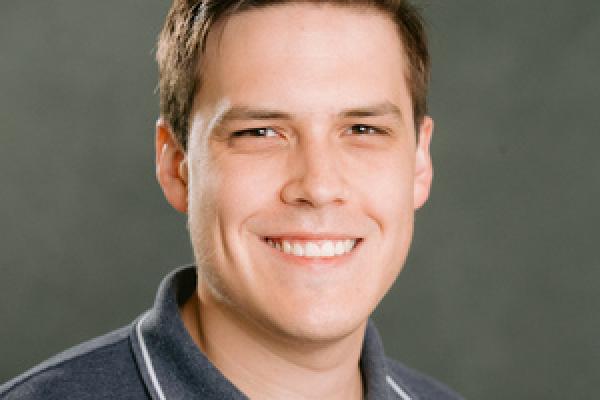
Supersymmetry (SUSY) remains one of the most promising avenues for physics beyond the Standard Model. Many regions of SUSY parameter space remain unexplored and present challenging scenarios to constrain using collider searches. One such scenario involves sneutrinos as the lightest supersymmetric particle. In this scenario, it is possible to place a lower bound of approximately mh/2. Existing LHC mono-W/Z searches, with hadronic vector boson tag, may also be used to bound parameter space in the sneutrino–charged slepton mass plane. In this manner, a lower bound on sneutrinos in the range of 55-100 GeV in the 36 fb−1 data set depending on the mass of charged component may also be imposed. Such techniques also lend themselves to sensitivity searches in the hadronic mono-W/Z channel for HL-LHC, for both the discovery potential in case an excess is seen and exclusion limit assuming no excess is seen.
